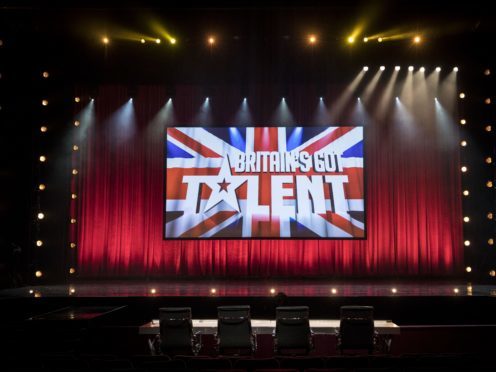The Britain’s Got Talent finale attracted its highest amount of viewers since 2015, although it still did not manage to pull in as many as it did back then.
Sunday night’s broadcast, which saw comedian Lost Voice Guy win the series and included a surprise appearance from Hollywood star Channing Tatum, was watched by an average of 8.7 million viewers.
The episode, which aired from 7.30pm until 10.05pm, had a peak of 10.6 million viewers.
The overnight figures for Britain’s Got Talent, which include those watching on ITV+1, were up on the equivalent episodes in 2016 and 2017.
Your winner of #BGT 2018 is… @LostVoiceGuy!!! ✨🎉🎊✨🎉🎊✨ pic.twitter.com/Dr5U7qB17X
— Britain's Got Talent (@BGT) June 3, 2018
In 2016, the finale averaged 8.5 million viewers and peaked at 10.5 million, while in 2017 it drew an average of 8.2 million viewers and had a peak of 10.2 million.
These marked a drop from the 2015 series finale, which averaged 11.7 million viewers in the overnight ratings, with a peak of 13.4 million.
ITV said Britain’s Got Talent was the most-watched programme of the night, and had a 42% audience share.
It was watched by double the amount of viewers compared to BBC One drama A Very English Scandal, which aired at 9pm and had an average of 4.2 million viewers and a peak of 4.4 million.
The Britain’s Got Talent finale came after Declan Donnelly hosted the week of live semi-final shows on his own for the first time.
He and his presenting partner Ant McPartlin appeared together in the pre-recorded audition episodes, filmed before McPartlin stepped back from his presenting commitments when he was charged with drink-driving earlier this year.
He was banned from the road for 20 months and fined £86,000 after pleading guilty to driving while more than twice the legal limit.
Britain’s Got Talent head judge Simon Cowell praised Donnelly for the way he had handled the live shows alone, telling him he had done an “outstanding job this week”.
It has also been revealed that Lost Voice Guy, whose real name is Lee Ridley, scored 21% of the votes during the final, compared to runner-up Robert White, who had 17.2% of the votes.
Singer Donchez Dacres came third with 11.2% of the final vote.
Ridley, who has cerebral palsy and uses pre-recorded sentences on a computer for his stand-up act, was also the most voted-for act throughout the whole week of semi-finals with a total of 40.5% of the votes on Monday.
The next most voted-for act in the semi-finals was White during Wednesday’s show with 30.2% of the vote.
